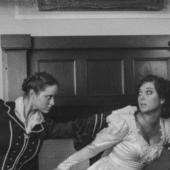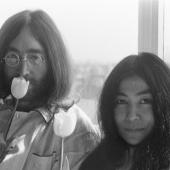Experimental Film
Experimental film already evolved in the 50s of the last century. Always considered as a breach of taboo, unconventional artists and filmmakers such as Andy Warhol or George Kuchar enjoyed life in this genre.
An experiment is always a matter with an open end. So also in film. This makes the experimental film for many artists thrilling. By abstractions, editing, camera movement or double exposures unexpected perceptions may result in movies. The topics in experimental film are usually riddled with taboos. Sexuality or religion, the deviation of the normal, all this can get discovered in experimental films. In 1929 Luis Bunuel and Salvador Dali paved the way for the underground film with their production "Un Chien Andalou". Here, an absurd scene reached world fame, in which the eye a young woman is cut with a razor. The scene should express the primal fears of human beings and was celebrated in the surrealist scene due to a holistic irrationality of principles.
Aside of the commercial film industry, the experimental film established in the 60s. Funding institutions were founded which organized special festivals for the genre. At festivals such as the New York Underground Film Festival or Toronto's Images Festival artists like Craig Baldwin, Jon Moritsugu, Carlos Atanes, Sarah Jacobsen or Bruce LaBruce were toasts of the scene. Further public performance locations for movies were museums and art galleries.
Many experimental films are no- or low-budget productions. In the 90s, the film production of transgressive art increased. In transgressive films oftentimes mental illnesses, physical abnormalities, sexual perversions and perversions or extreme violence are presented. However, whether one considers these works as art or just as a cheap game with taboos, this entirely remains with each individual.




